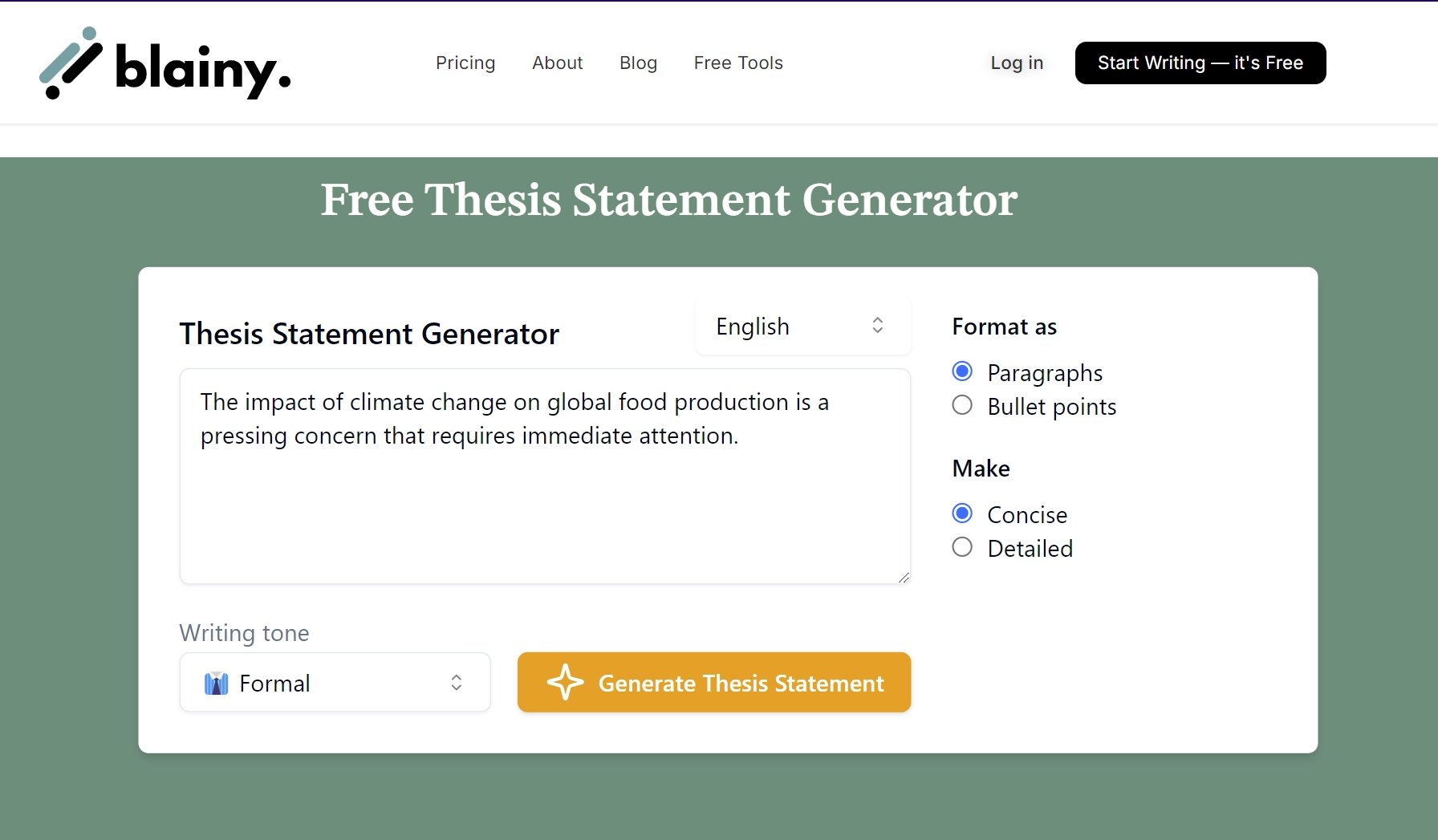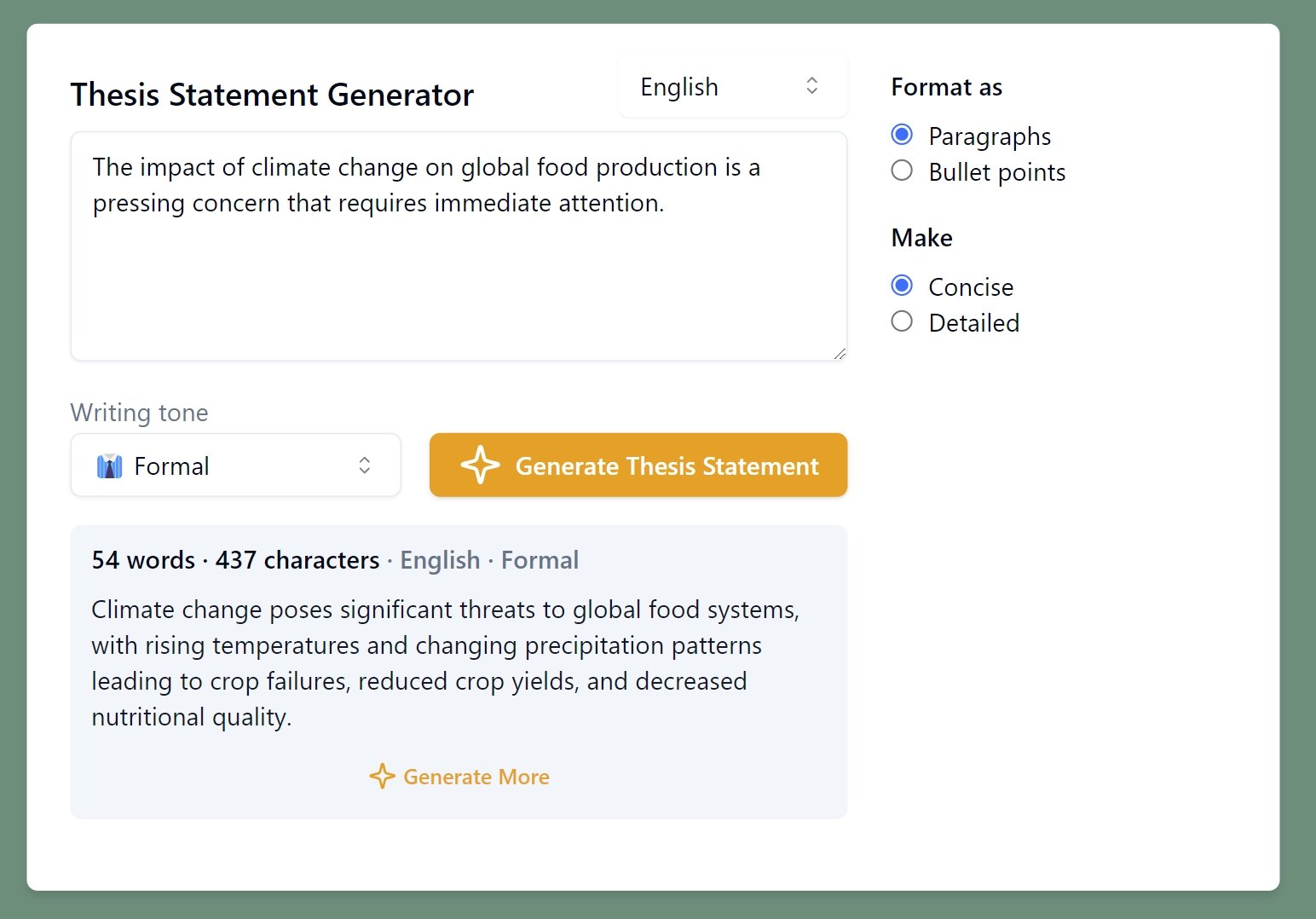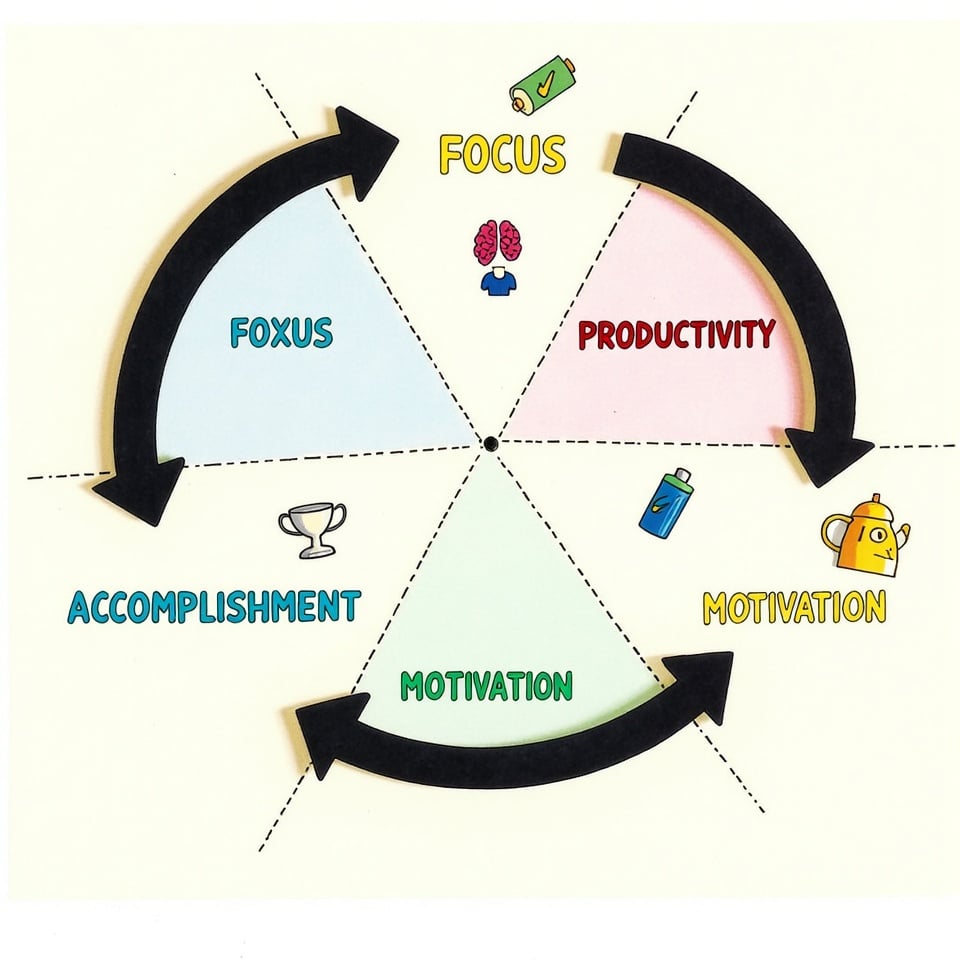Learning how to rephrase a thesis statement is an essential skill in academic writing, as it enables you to convey your ideas more effectively and avoid plagiarism.
A well-crafted thesis statement is the foundation of a strong essay, but sometimes it needs to be rephrased for better clarity or to suit different audiences.
In this article, I’ll walk you through the process of rephrasing a thesis statement, providing you with practical tips, techniques, and online tools to help you simplify and improve your thesis statement.
Table of Contents
Importance of a Thesis Statement
A thesis statement is the backbone of any academic writing, be it an essay, research paper, or dissertation. It serves as a concise summary of the main argument or point, providing direction and focus to the entire piece.
A well-crafted thesis statement is essential for several reasons:
- Clarifies the main argument: A thesis statement clearly communicates the main argument or claim, helping readers understand the purpose of the writing.
- Provides direction: A thesis statement guides the writer in organizing their ideas and ensures the content stays focused on the main topic.
- Engages the reader: A strong thesis statement sparks the reader’s interest, encouraging them to read further to learn more about the argument or claim.
- Sets the tone: A thesis statement establishes the tone for the entire piece, influencing how the reader interprets the content.
When and Why, You Should Rephrase a Thesis Statement
Rephrasing a thesis statement is a common practice in academic writing, but when and why should you do it?
Here are some scenarios where rephrasing a thesis statement is necessary:
- To improve clarity: If your original thesis statement is unclear, confusing, or too complex, rephrasing it can help convey your message more effectively.
- To avoid plagiarism: When using someone else’s work as a reference, rephrasing their thesis statement can help you avoid plagiarism and ensure the original author’s ideas are presented in your own words.
- To refine your argument: As you progress with your writing, your argument or claim may evolve, requiring you to rephrase your thesis statement to reflect these changes.
- To suit different audiences: Depending on your target audience, you may need to rephrase your thesis statement to make it more accessible or engaging for them.
- To reduce complexity: If your thesis statement is too technical or includes jargon, rephrasing it can help simplify the language, making it easier for readers to understand.
Steps to Rephrase a Thesis Statement Effectively
Rephrasing a thesis statement requires a strategic approach to ensure the original message is preserved while conveying it in a new and improved way.
Here are the steps to rephrase a thesis statement effectively:
1. Analyze the Original Thesis
- Start by carefully reading and analyzing the original thesis statement to understand its core message, tone, and purpose.
- Identify the key words, phrases, and concepts that convey the main argument or claim.
- Take note of any ambiguous or unclear language that may need to be addressed.
2. Identify the Core Message
- Distill the original thesis statement down to its core message or main argument.
- Determine what is essential to the message and what can be omitted or rephrased.
- Ensure that the core message is clear, concise, and well-defined.
3. Simplify and Condense the Language
- Use clear and concise language to convey the core message, avoiding jargon and technical terms whenever possible.
- Simplify complex sentences and phrases, breaking them down into shorter, more manageable ones.
- Eliminate unnecessary words and phrases that do not add to the overall meaning.
4. Ensure Clarity and Precision
- Use precise language to convey the intended meaning, avoiding ambiguity and vagueness.
- Ensure that the rephrased thesis statement is easy to understand and free of confusion.
- Use active voice and present tense to make the language more engaging and dynamic.
Common Techniques for Rephrasing a Thesis Statement
Rephrasing a thesis statement requires a range of techniques to ensure the original message is preserved while conveying it in a new and improved way.
Here are some common techniques for rephrasing a thesis statement:
1. Paraphrasing without Losing Meaning
- Restate the main idea: Rephrase the thesis statement by restating the main idea in different words, ensuring the original meaning is preserved.
- Use different sentence structures: Change the sentence structure to create a new and interesting way of expressing the same idea.
- Preserve key words and phrases: Retain essential words and phrases that convey the core message, while rephrasing the surrounding language.
2. Using Synonyms and Antonyms
- Replace words with synonyms: Use synonyms to replace key words and phrases, creating a new and distinct way of expressing the same idea.
- Use antonyms to add contrast: Employ antonyms to add contrast and highlight the nuances of the original message.
- Ensure context is preserved: Verify that the synonyms and antonyms used do not alter the original context or meaning.
3. Shifting the Focus to a Different Aspect
- Change the perspective: Rephrase the thesis statement by shifting the focus to a different aspect of the topic, offering a fresh perspective.
- Emphasize a different point: Highlight a different point or argument, while maintaining the core message and original meaning.
- Use transitional phrases: Utilize transitional phrases to connect the new perspective to the original idea, ensuring a smooth flow of ideas.
Examples of Rephrasing a Thesis Statement
Rephrasing a thesis statement can be a challenging task, but with practice and patience, it can be mastered.
Here are some examples of rephrasing a thesis statement:
Before Rephrasing:
- “The use of social media has a significant impact on the mental health of teenagers, and it is essential to take measures to mitigate its effects.”
After Rephrasing:
- “Teenagers’ mental well-being is profoundly influenced by their social media usage, underscoring the need for strategies to minimize its negative consequences.”
In this example, the original thesis statement has been rephrased to make it more concise and engaging. The rephrased statement uses more precise language and a more dynamic sentence structure, while preserving the original message and meaning.
Before Rephrasing:
- “The benefits of regular exercise are numerous, and it is crucial for maintaining a healthy lifestyle.”
After Rephrasing:
- “Regular physical activity is essential for overall well-being, offering a multitude of benefits that contribute to a healthy and balanced lifestyle.”
In this example, the original thesis statement has been rephrased to make it more comprehensive and engaging. The rephrased statement uses more descriptive language and a more detailed explanation, while preserving the original message and meaning.
Before Rephrasing:
- “The impact of climate change on global food production is a pressing concern that requires immediate attention.”
After Rephrasing:
- “Climate change poses significant threats to global food systems, with rising temperatures and changing precipitation patterns leading to crop failures, reduced crop yields, and decreased nutritional quality.”
In this example, the original thesis statement has been rephrased to make it more concise and engaging. The rephrased statement uses more precise language and a more dynamic sentence structure, while preserving the original message and meaning.
Use the Blainy Thesis Statement Generator to Simplify the Process
The Blainy Thesis Statement Generator is a powerful tool designed to simplify the process of rephrasing a thesis statement. With its user-friendly interface and advanced algorithms, this generator can help you create a clear, concise, and compelling thesis statement in just a few clicks.
How to Use the Blainy Thesis Statement Generator:
- Enter Your Prompt: Simply type in your original thesis statement or a brief description of your topic.

- Input Your Requirements: Specify writing style, and tone.
- Press the Generate Button: Click the “Generate” button to let the Blainy Thesis Statement Generator work its magic.

The generator will then produce a rephrased thesis statement that is tailored to your needs and preferences. You can use this statement as is or modify it further to suit your writing style.
Benefits of Using the Blainy Thesis Statement Generator:
- Saves Time: The generator can help you save time and effort by providing a well-crafted thesis statement in just a few clicks.
- Improves Clarity: The generator’s advanced algorithms ensure that the rephrased thesis statement is clear, concise, and easy to understand.
- Enhances Creativity: The generator can help you explore different perspectives and ideas, which can be useful for brainstorming and research purposes.
By leveraging the power of the Blainy Thesis Statement Generator, you can simplify the process of rephrasing a thesis statement and focus on other aspects of your writing.
Conclusion
Rephrasing a thesis statement is a crucial step in the writing process that can help improve the clarity, coherence, and overall effectiveness of your argument. By using the techniques and tools outlined above, you can create a clear, concise, and compelling thesis statement that resonates with your audience. The Blainy Thesis Statement Generator is a powerful tool that can help you simplify the process and produce a well-crafted thesis statement in just a few clicks.







